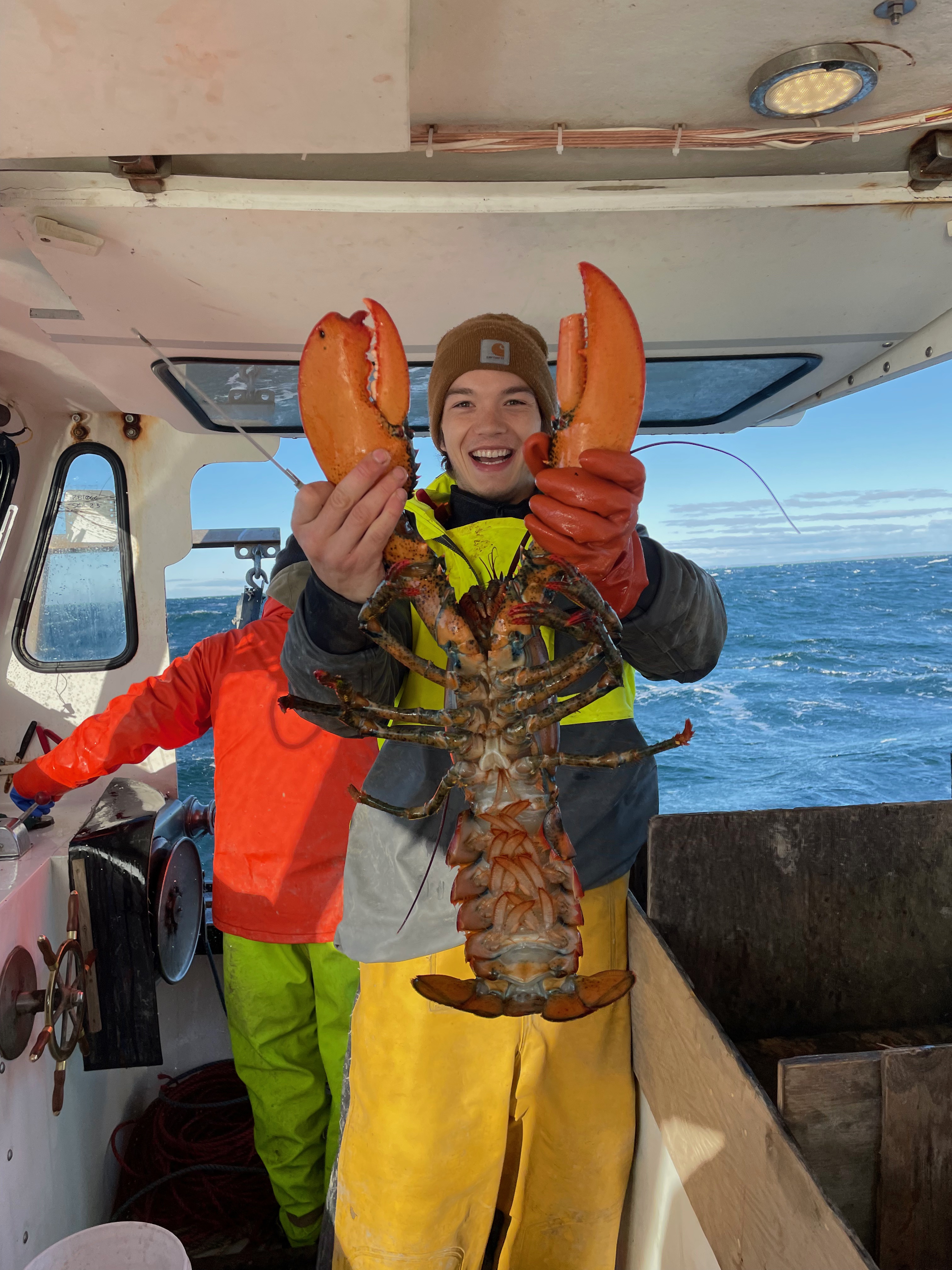Investigating Possible Sources of a 2014 LA Basin Bromoform Enhancement
Date:
Bromoform (CHBr3) is a natural volatile organic compound (VOC) outgassed from phytoplankton, macroalgae, and water treatment processes. This compound is the largest contributor of inorganic bromine, a known ozone destroyer, to the lower stratosphere (Dvortsov et al., 1999). In 2014, mean concentrations of CHBr3 increased by a factor of ~2.5-5 relative to other years in the 2009-19 SARP WAS record. Whole air samples, collected on June 24, 2014, by the NASA DC-8 for SARP 2014 Flight 2, exhibited a variable enhancement of CHBr3 throughout the boundary layer of the LA basin with concentrations of ~10- 15 ppt at Long Beach and Mt. Wilson and ~20-28 ppt at Ontario Airport (ONT). HySPLIT back-trajectory models were used to locate possible sources of each observed enhancement in the LA basin. Initiated at Long Beach, Mt. Wilson, and ONT, these models predicted boundary layer airmasses of marine origin to have travelled down the Californian coast and over the Channel Islands during the 48 hours preceding the flight. Trajectories corresponded with both a coastal California phytoplankton bloom, observed by the MODIS-Aqua satellite and located using NASA Earthdata, and kelp forests off the Channel Islands. Both of these features are sources of CHBr3 and it is likely that the observed enhancements were a result of their combined outgassing. Additionally, monthly mean CHBr3 concentration at Mt. Wilson and monthly mean sea surface temperature (SST) at the Santa Monica Southern California Coastal Ocean Observing System (SCCOOS) station were found to be positively correlated. Further research should be conducted regarding the contribution made by kelp to this enhancement as macroalgae are known to increase CHBr3 production under temperature stress (Stemmler et al., 2015), and the enhancement was observed during the Californian marine heat wave known as the ‘warm blob’ (Peterson et al., 2015).


